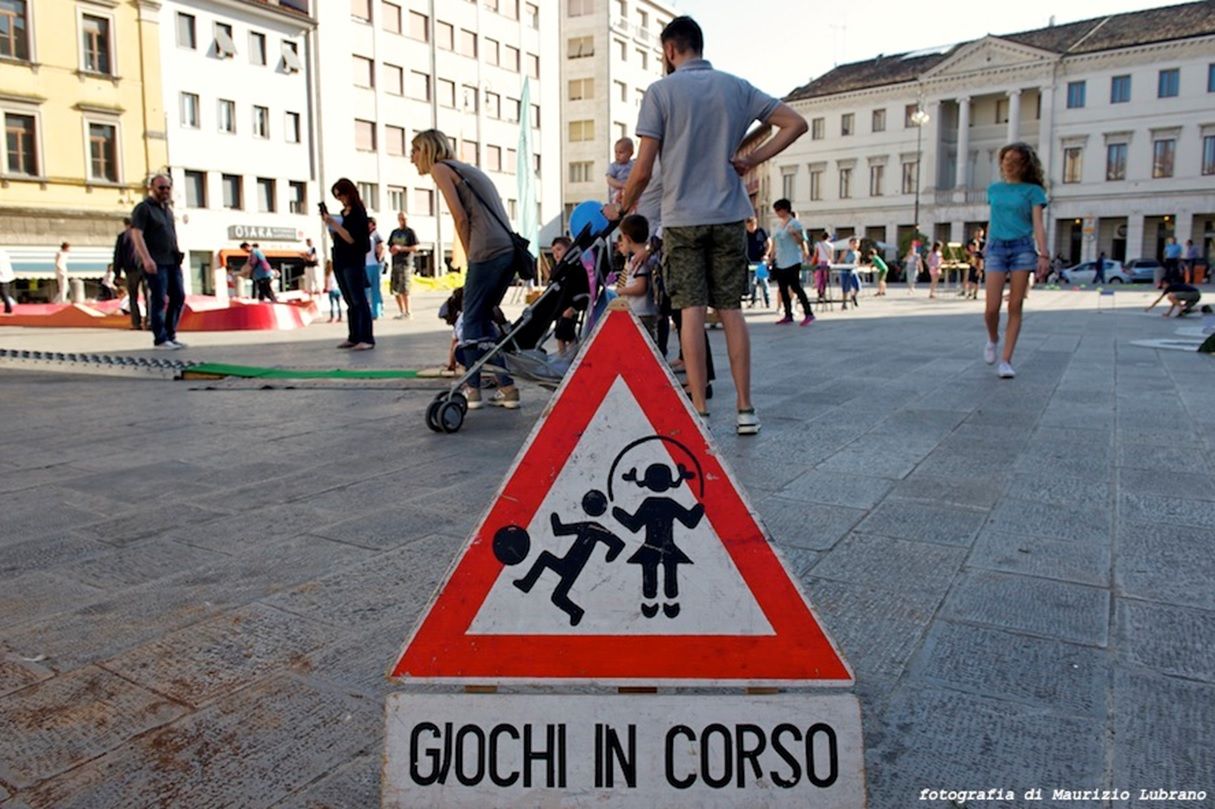EU funding has enabled the restoration and enhancement of the fort and medieval village of Bard in the Valle d’Aosta region of north-west Italy. Implementation of the most recent stage took account of the historical, cultural, panoramic and environmental importance of the complex, as well as potential business opportunities.
- 13 July 2018
The restoration and enhancement of the fort and the medieval village of Bard took into account the historical, cultural, panoramic and environmental importance of the complex, and potential business opportunities. The interventions provided for the completion of the museum set-up and the realisation of corollary works, indispensable for the full exploitation of the cultural, accommodation and commercial offer of the fort.
The project included the completion of the setting up of the Museum of the Alps and the performance of other works necessary to improve the cultural and touristic facilities on offer at the fort.
Such works included the creation of a parking space for service vehicles near the main entrance and the installation of a cover over the courtyard of the Carlo Alberto building, which is located within the fort and used for cultural exhibitions and events.
A long history
Situated on a rock in a narrow strip of the valley of the Dora Baltea river, about 40 km from the regional capital, Aosta, and 10 km from the border with the region of Piedmont, the fort lies in a geographical position that lends itself to the development of sizeable tourist flows. The original structure was built in the 11th century by Ottone di Bard and subsequently fortified in 1242 by Amadeus IV, Count of Savoy, thereby consolidating its important defensive role.
Gradually modified over time, the fort was demolished by Napoleon in 1800 and rebuilt in a radically different way by the Piedmontese in 1830, as part of a project overseen by military engineer, Francesco Antonio Olivero. In its current guise, it is an important example of 19th-century military architecture, particularly as it remains substantially intact due to never having been used in war.
Built to serve the needs of the fort, the village, which retains its predominantly medieval character, contains elements that have the potential to add value to the site. These include noteworthy civil and religious buildings, as well as a section of the ancient Roman road to Gaul, which connected Rome with the Rhone Valley.
A steady renovation process
Remaining in the hands of the Italian Ministry of Defence for use by the Italian army until 1975, when it was abandoned, ownership of the fort was transferred to the Valle d'Aosta regional authorities in 1990. In 1992, there began a long but steady renovation process under which, following the initial work, upgrades were made to both the fort and the village in 1994-96, 1997-99 and 2000-06, prior to the launch of the latest phase. These interventions, which have taken place over a total surface area of 4 000 m², have made possible the use of the premises for exhibition and museum functions, information and promotional activities and services for visitors.
The site now plays a key role in the development of the area’s cultural tourism offer, as well as in the diversification of the economy of the Dora Baltea valley in terms of a reduction in the prevalence of industry and a greater role for tourism. The project is aimed at encouraging tourism not only in relation to accommodation and catering but more widely as regards activities that can be undertaken alongside cultural visits, such as hiking, nature tourism and sports.
The importance of the fort and village for the entire Valle d’Aosta region is confirmed by visitor numbers. From around 140 000 in 2007, they rose to more than 280 000 in 2014, around 314 000 in 2015 and nearly 370 000 in 2016.
Total investment and EU funding
Total investment for the project “Revitalisation of the Fortress of Bard” is EUR 9 775 971, with the EU’s European Regional Development Fund contributing EUR 3 910 388 through the “Valle d'Aosta” Operational Programme for the 2007-2013 programming period

